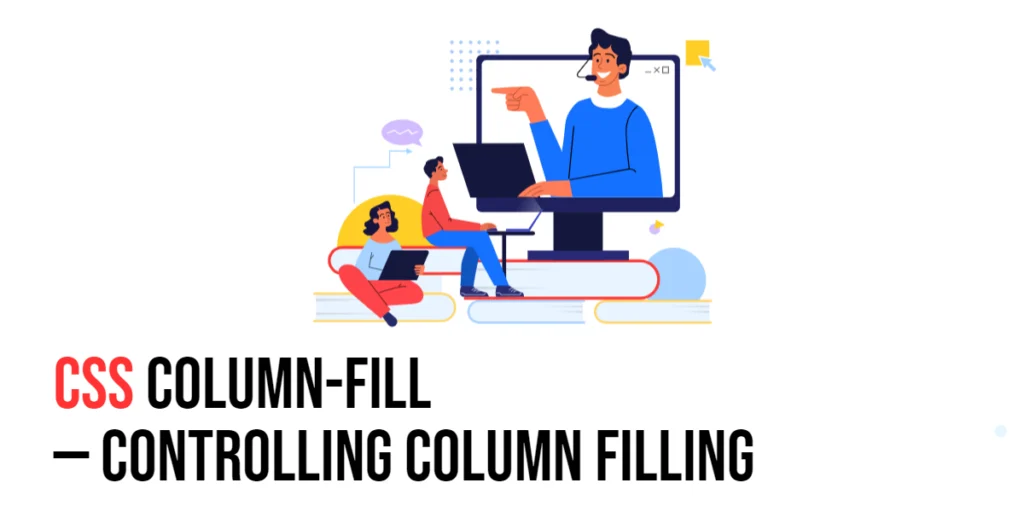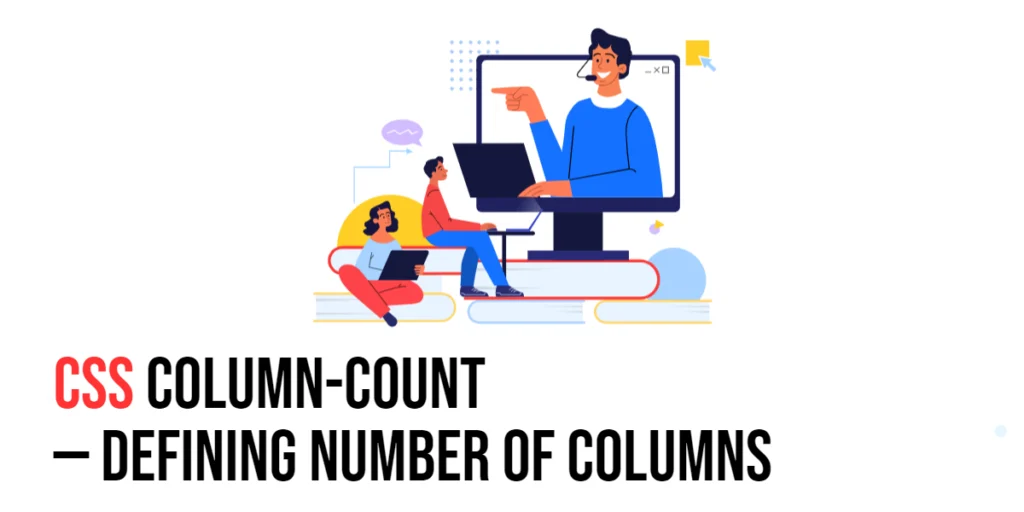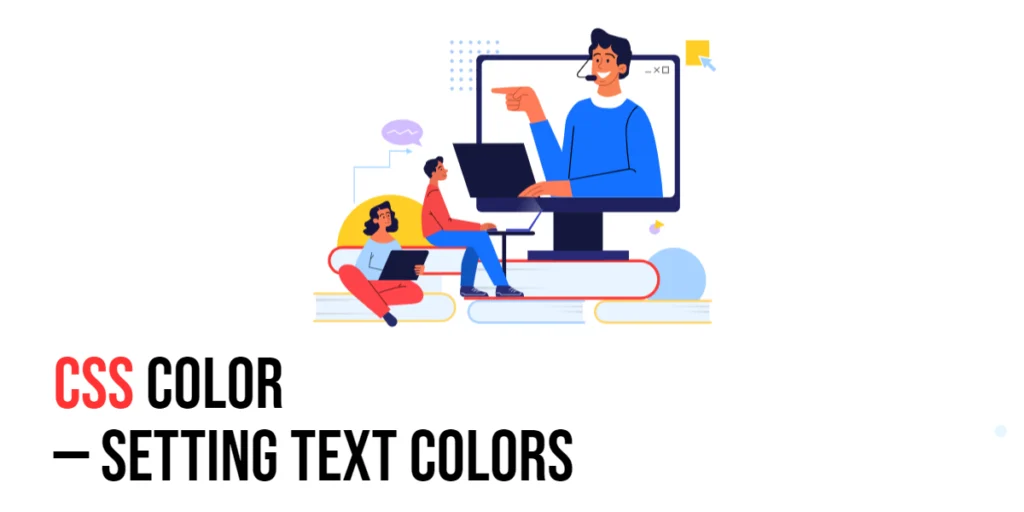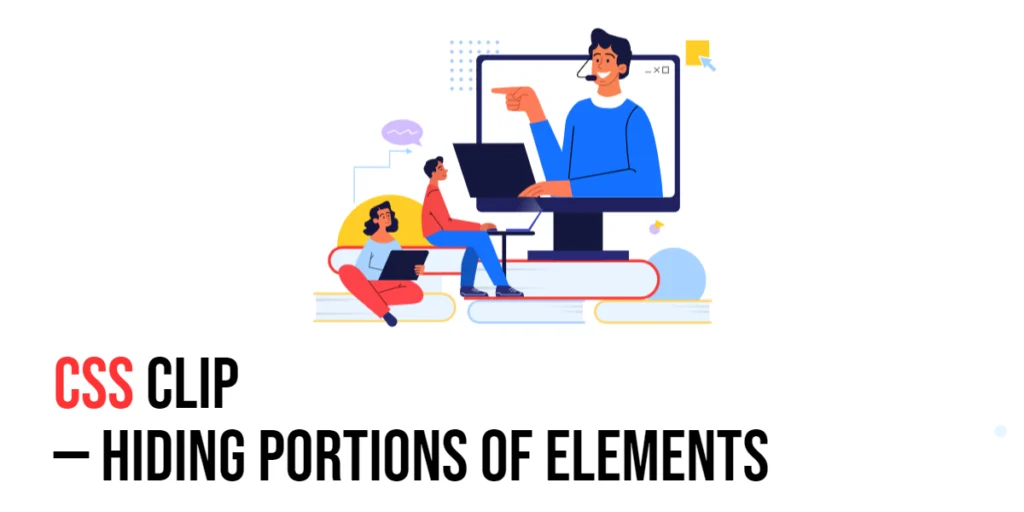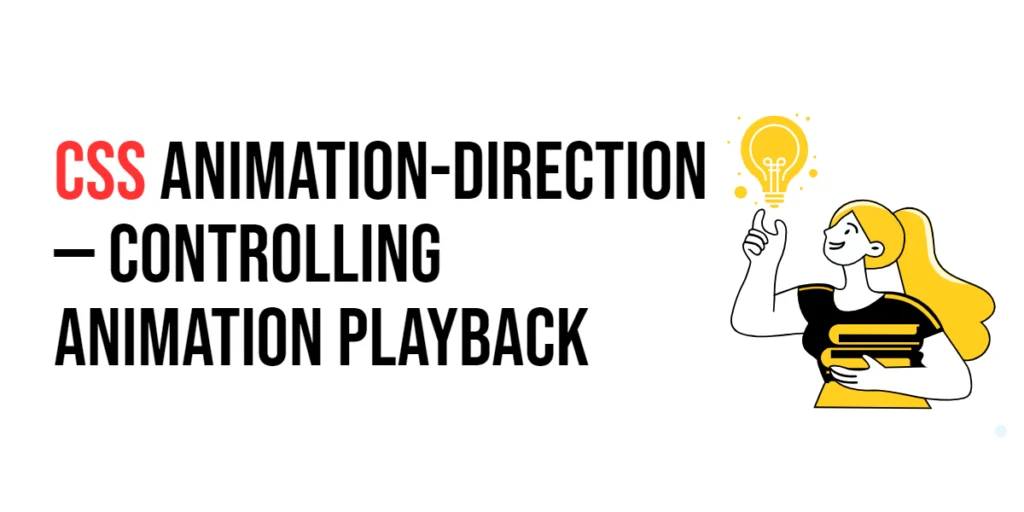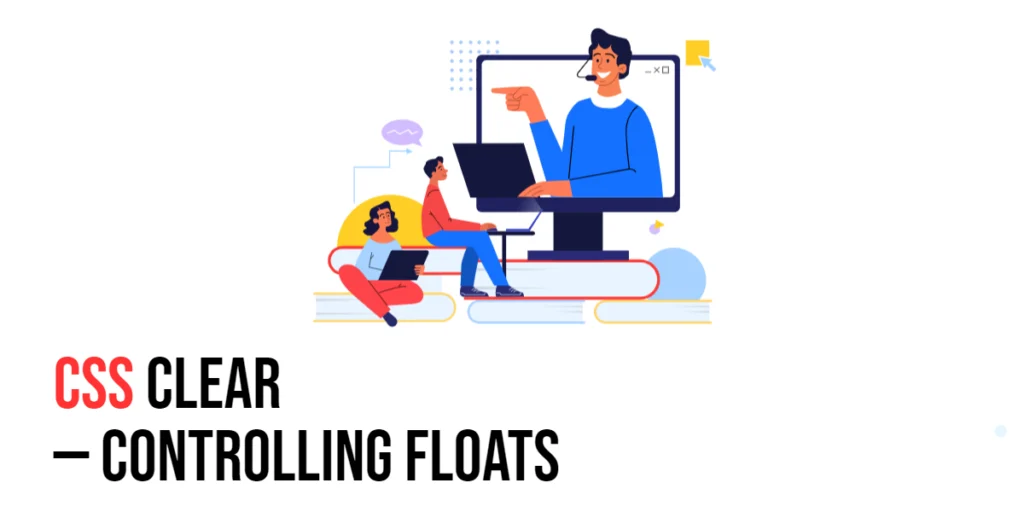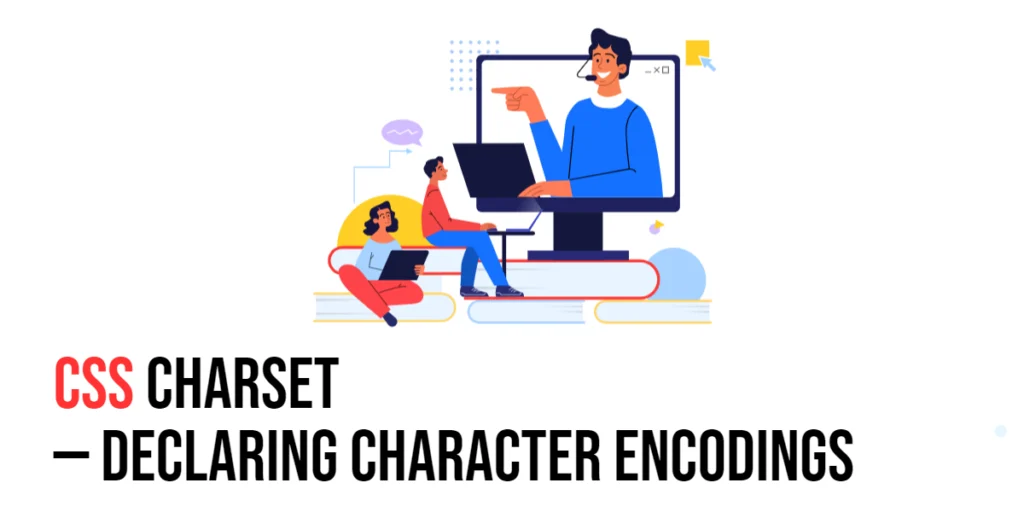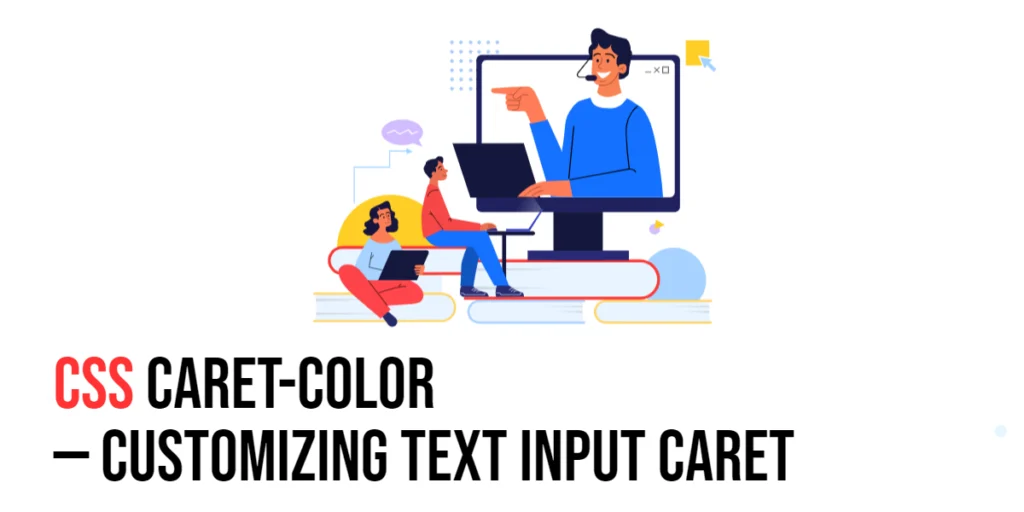CSS: Animation-Delay – Perfecting Animation Timing
When it comes to creating animations in web design, timing is everything. One of the key CSS properties that helps you control animation timing is animation-delay. By manipulating this property, you can delay the start of animations, allowing for staggered or sequenced effects that can enhance user engagement and create more dynamic experiences. In this […]
CSS: Animation-Delay – Perfecting Animation Timing Read More »

